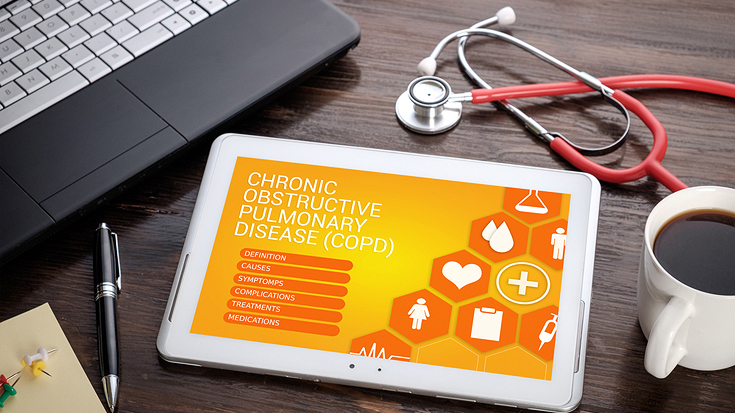
With May being Allergy & Asthma Month, we reached out to Tracey Mitchell, RRT, AE-C, of the U.S. Environmental Protection Agency to share her expertise on environmental factors and asthma, along with tips on how you can best help your patients.
“May is Asthma Awareness Month and a great time to learn more about how RTs can help their patients manage asthma,” Mitchell said.
How do environmental factors affect asthma?

Mitchell: Most Americans spend up to 90 percent of their time indoors. Pollutants and allergens commonly found indoors, like secondhand smoke, molds, animal dander, pests, dust mites, and chemical irritants, may trigger an asthma episode or worsen asthma symptoms. For people with asthma, especially children, it is important to reduce indoor asthma triggers as part of a comprehensive asthma management.
What environmental triggers do asthma patients need to be mindful of in order to protect themselves?
Mitchell: It is important for patients to work with a physician or other health professional to identify their specific asthma triggers. This can be done through allergy testing, a symptom diary or a questionnaire/checklist. Once triggers are identified, then RTs can help patients take the necessary steps to reduce their exposures.
What can RTs do to help their patients?
Mitchell: RTs play an important role in educating patients about asthma triggers and the steps they can take to reduce exposures to them. RTs can also work with physicians and patients to develop an asthma action plan. (There are many resources on the EPA’s Asthma Resources page.) RTs can also become members of www.AsthmaCommunityNetwork.org to share, learn and connect with other health care professionals and asthma programs across the country.
Regions across the U.S. have entered ‘Ozone Season’ — how does this ‘season’ directly affect individuals with asthma?
Mitchell: Outdoor air pollution is caused by small particles and ground level ozone that comes from car exhaust, smoke, road dust and factory emissions. Outdoor air pollution and pollen, which can also come indoors, can aggravate or exacerbate asthma. RTs can help patients monitor the Air Quality Index in their local community and adjust outdoor activity when pollution may be a problem. https://airnow.gov/
For more information, visit www.epa.gov/asthma.
Learn more about Tracey Mitchell: “How I Went from Bedside RT to Environmental Protection Specialist at the EPA”
Looking for more? Consider becoming a Certified Asthma Educator
The AARC Asthma Educator Certification Preparation Course has been assisting RTs and RNs since the NAECB debuted the AE-C examination in 2002. By taking the AARC’s online Asthma Educator Certification Preparation Course, you can:
- Prepare yourself for the AE-C test offered by the NAECB
- Earn CRCE credits
- Refresh your personal knowledge about asthma care
Asthma Educator Certification Preparation Course
Email newsroom@aarc.org with questions or comments, we’d love to hear from you.

















